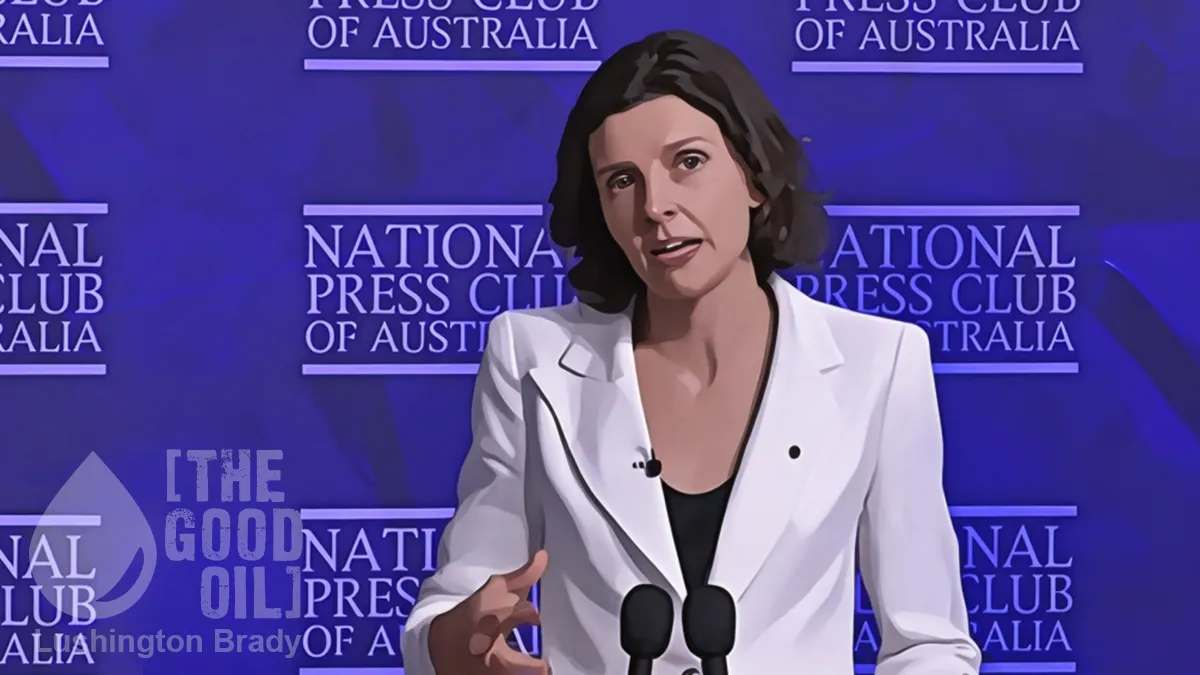AI
This is a shorter version of a more detailed post on early 2020 modelling documents and how then Prime Minister Jacinda Ardern and her Chief Science Advisor came up with Alert Levels (with no apparent public health involvement) in March 2020.
The Ministry of Health published a pandemic plan in 2017 – yet the response to Covid went far further than any measures from that plan.
In mid-March 2020 border restrictions from a growing list of countries were in place and Otago University public health academics had been commissioned by the Ministry of Health to do Covid modelling. The academics had been warning of a ‘severe threat’ from Covid on their blog – 1 of whom was of course, Michael Baker who had joined the Ministry of Health’s Covid-19 Technical Advisory Group when it formed in January 2020.
Initially, a 10th of March paper proactively released by then Prime Minister Jacinda Ardern was more aligned with that existing pandemic plan, focussing on measures to mitigate the spread. This paper noted that when there was sustained community transmission it could be “considered” to advise older people to stay at home, prioritise health care services, and to end any border restrictions as they would no longer be useful. It also acknowledged that the UK’s Chief Medical Advisor was confident there was an upper limit of a 1% death rate.
Yet.
A Cabinet minute from the 18th of March notes Ministers agreed to a suppression strategy and it “…will require border restrictions, intense testing, aggressive contact tracing, and stringent self-isolation and quarantine.”
On the 19th of March a news media article confirmed Imperial College modelling, that predicted hundreds of thousands of deaths within the UK, had already altered government policy making in New Zealand. Estimates used in that UK modelling pop up as estimates used in New Zealand modelling too (and ranged higher than 1%).
On the 20th of March, Baker and a group of his Otago University public health colleagues (including Ayesha Verrall who in 2022 would replace Chris Hipkins as the Covid-19 Response Minister) submitted a wordy report to the Ministry of Health. Despite the Ministry of Health webpage stating their pandemic plan “…can be adopted and applied to any pandemic, regardless of the nature of the virus and its severity” this report might show why the plan was abandoned.
The group listed all potential interventions in that existing pandemic plan but stated those interventions simply wouldn’t be enough – in the face of their dire modelling presumably which in each iteration had gotten progressively worse.
Ranging from hand washing to promoting home cooking to reduce eating out to even a 4 day working week – it included China’s restrictive measures as well as looking back to 1918 and grasping for interventions, like whether traffic blocks limited the spread of influenza in Iceland then.
Because influenza has a short incubation period, contact tracing and lockdowns wouldn’t be effective to stop the flu but Covid appeared to have a longer incubation period so there was clearly an assumption if you manage to stop human contact – the virus can’t spread.
The report strongly pushed elimination, influenced by China’s lockdowns and thinking total elimination was both possible and desirable:

Health and well-being is multi-faceted, yet these academics didn’t concern themselves with the impacts of these interventions, whether they be economic or ethical costs or even non-Covid health impacts, instead baldly stating they would leave that to policy-makers. They did admit some of the measures could be politically controversial and gave politicians their advice:

It’s worth pointing out that around this time no one had higher numbers of impending doom than when academic Shaun Hendy’s research think tank, Te Pünaha Matatini (TPM) hosted by the University of Auckland, did modelling (initially for the Prime Minister’s science advisor Juliet Gerrard who is also a professor at the same university).
The TPM modelling managed to have even more spectacular numbers (80,000) on deaths without elimination and lockdowns than the Otago University academics who managed to top out at maybe 27,600 in their final worst-case modelling dated March 24th.
When Hendy was later interviewed in a documentary he said that the worst-case scenario is always the most unlikely to happen (as people will change their behaviour when faced with a threat). The modellers and the Ministry of Health webpage even put at the top of their reports that their modelling “can only represent potential future scenarios rather than predictions.” Yet the worst-case scenario seems to be what was always focussed on.
That same documentary had the Ministry of Health’s Ian Town (who chaired the Covid-19 Technical Advisory Group) say the early modelling “galvanised” decision-making. After the country had entered lockdown in late March 2020, the Ministry of Health published the Otago University modelling, the webpage says “Modelling will help inform Government decisions on when, how much, and for how long, the country can ease the lockdown and other measures.”
But this modelling, as well as the report reviewing the 2017 pandemic plan, didn’t discuss or even show any concern with the practical aspects of their recommendations towards an elimination strategy and lockdowns. What is the purpose of such soliciting such narrow expertise if it can’t advise on the consequences of its own recommendations?
During the 1st week of that 2020 lockdown, University of Auckland epidemiologist Simon Thornley managed to get an opinion piece published calling into question how that decision on a lockdown was made. Days later Thornley was quoted in a blatantly biased article saying discussion on lockdowns had been “one-sided” as well as dryly pointing out “…people in their 80s have a very high mortality rate, with or without COVID-19.”
More recently, epidemiologist and government adviser, Prof Mark Woolhouse, testified in the UK Covid inquiry. As well as lambasting media for over-playing the risk of Covid to the non-elderly, he was quoted as saying “…that lockdown had been the …least effective at protecting the most vulnerable precisely because of their need to have contacts with health care and social care workers – self-isolation was not an option.”
Sir David Skegg, another government go-to public health expert when questioned in an August 2021 Covid-19 Response Health Select Committee, cautioned against putting too much faith in modelling, quoting “All models are wrong; some are useful.”
Modelling was used extensively in decisions, contributing to extending the 1st lockdown in 2020, and led to other regional and national lockdowns and the political requirement that New Zealand reach a 90% vaccination target which was completely made up.
It deserves scrutiny in the Royal Commission Inquiry into the Covid response.
*Note for readers: There are now fifty posts in the archives of referenced documentation (hopefully useful for anyone making submissions to the Royal Commission into the Covid response) – including dosing interval advice mistruths, vaccine pass dishonesty, the decaying advice of the Covid advisory group, how 12 to 15-year-olds were approved to be vaccinated in a late night email chain, and sly behavioural nudging that led to dropping social cohesion, and consultants who benefited from the creation of Covid misinformation.









